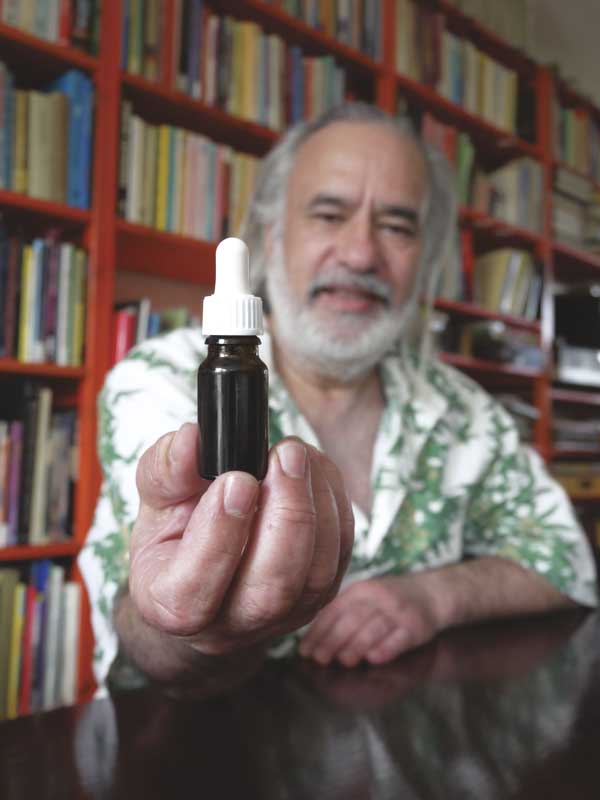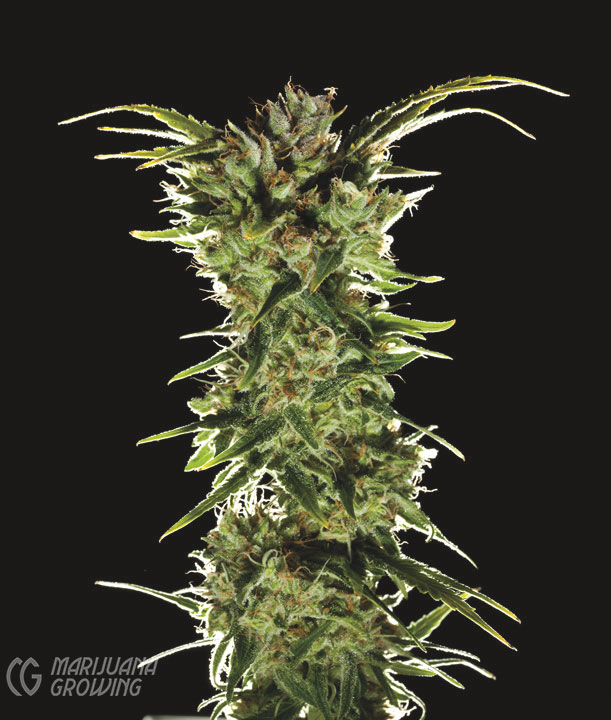
Medical cannabis – Chapter 1
Unearth the storied history of medical cannabis in Chapter 1, penned by Fred Gardner and Dr. John McPartland. Discover the therapeutic marvels of cannabis across time.
Jorge Cervantes, a renowned cannabis author, founded our website to provide the most up-to-date techniques and information for indoor, greenhouse, and outdoor growing.
Read our publications for more details and tips on equipment, strains, lighting, soil, nutrients, yield optimization, health, and safety.
Whether you’re a first-time grower or a seasoned pro, we’ve got you covered.
The definitive guide to medical marijuana cultivation and consumption. It explains all the essential techniques to grow indoors, outdoors and in greenhouses.
We Grow Cannabis is adapted from the unpublished manuscript of the Sixth Edition of Marijuana Horticulture, AKA the bible. This book gives you a glimpse into the new interactive Sixth Edition.
Marijuana Horticulture: The Indoor/Outdoor Medical Grower’s Bible is the most complete cultivation book available.

Unearth the storied history of medical cannabis in Chapter 1, penned by Fred Gardner and Dr. John McPartland. Discover the therapeutic marvels of cannabis across time.

Chapter 2 dives into the fascinating world of cannabinoids, exploring their therapeutic effects and interactions within the human body.

Chapter 3 unveils the diversity of Cannabis sativa, Cannabis indica, and Cannabis ruderalis. Delve into their unique traits and medicinal benefits.